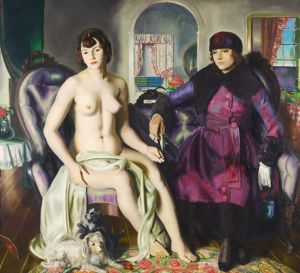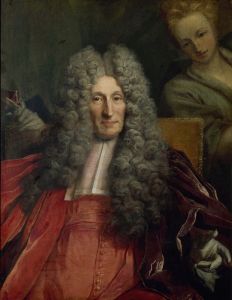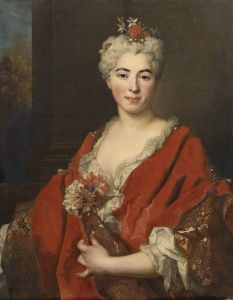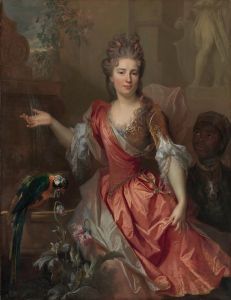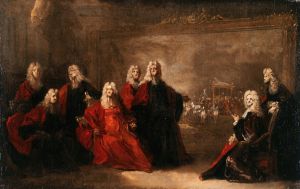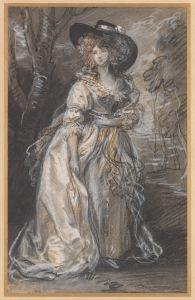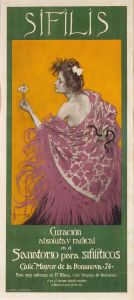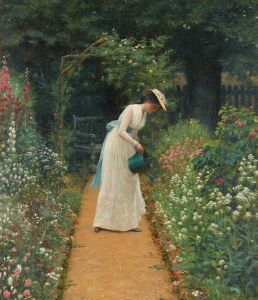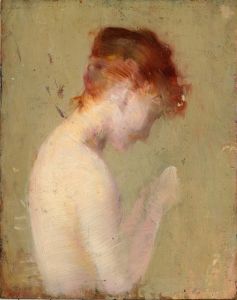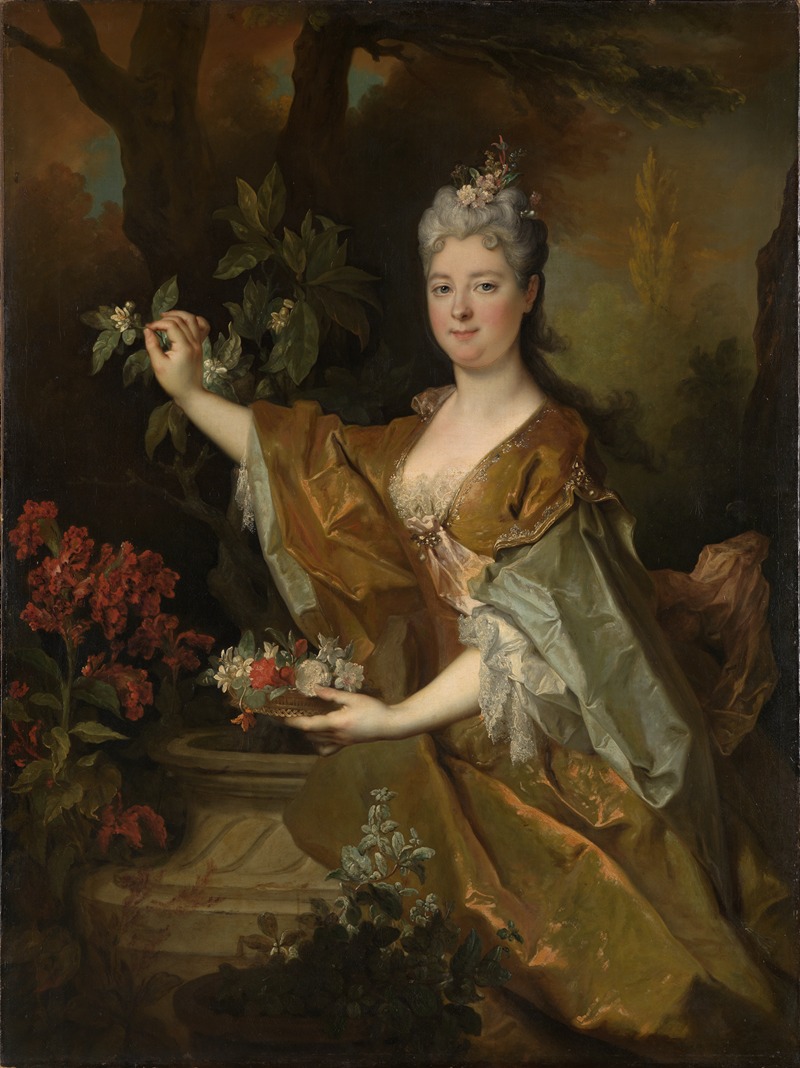
Portrait of a lady
A hand-painted replica of Nicolas de Largillière’s masterpiece Portrait of a lady, meticulously crafted by professional artists to capture the true essence of the original. Each piece is created with museum-quality canvas and rare mineral pigments, carefully painted by experienced artists with delicate brushstrokes and rich, layered colors to perfectly recreate the texture of the original artwork. Unlike machine-printed reproductions, this hand-painted version brings the painting to life, infused with the artist’s emotions and skill in every stroke. Whether for personal collection or home decoration, it instantly elevates the artistic atmosphere of any space.
Nicolas de Largillière was a prominent French painter known for his portraits, which captured the elegance and opulence of the late 17th and early 18th centuries. One of his notable works is "Portrait of a Lady," a painting that exemplifies his skill in portraying the aristocracy of his time with grace and sophistication.
Largillière was born in Paris in 1656 and spent part of his early career in Antwerp and London, where he was influenced by the Flemish and English schools of painting. Upon returning to France, he became a member of the Académie Royale de Peinture et de Sculpture in 1686, which solidified his reputation as a leading portraitist. His works were highly sought after by the French nobility and bourgeoisie, who admired his ability to convey both the likeness and the status of his subjects.
"Portrait of a Lady" is a testament to Largillière's mastery of color, texture, and composition. The painting typically features a female subject, often depicted in luxurious attire that reflects her social standing. Largillière's attention to detail is evident in the intricate rendering of fabrics, jewelry, and other accessories, which not only enhance the visual appeal of the portrait but also provide insight into the fashion and material culture of the period.
The subject of "Portrait of a Lady" is usually set against a neutral or subtly detailed background, which serves to highlight her presence and elegance. Largillière's use of light and shadow adds depth to the portrait, creating a sense of three-dimensionality that brings the figure to life. The artist's skillful handling of paint allows him to capture the delicate features and expressions of his subjects, conveying their personality and character.
Largillière's portraits are known for their psychological depth, as he often depicted his sitters with a sense of individuality and introspection. This approach set him apart from many of his contemporaries, who focused more on idealized representations. In "Portrait of a Lady," the subject's gaze and posture may suggest confidence, poise, or contemplation, inviting viewers to engage with her on a personal level.
While specific details about the individual depicted in "Portrait of a Lady" may not always be documented, the painting remains an important example of Largillière's work and the broader tradition of portraiture in the Baroque and Rococo periods. His ability to capture the essence of his subjects, combined with his technical prowess, has ensured his enduring legacy in the history of art.
Largillière continued to paint until his death in 1746, leaving behind a rich body of work that includes not only portraits but also historical and religious scenes. His contributions to the art world have been recognized for their influence on subsequent generations of artists, and his portraits continue to be celebrated for their beauty and insight into the society of his time.






